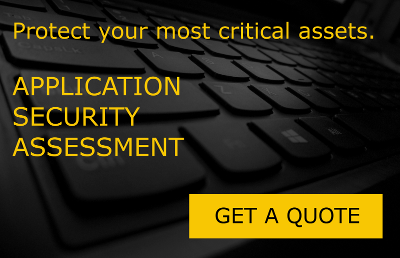In today’s threat landscape, proving your organization’s commitment to information security is no longer optional — it’s a business requirement. Whether you’re a SaaS provider, managed service firm, or global enterprise, two of the most widely recognized standards often come up in client conversations: SOC 2 and ISO 27001.
While both frameworks demonstrate strong security practices, they take very different approaches. Understanding the distinction helps your organization choose the right path — or decide if pursuing both makes strategic sense.
What is SOC 2?
SOC 2 (System and Organization Controls 2) is an auditing framework developed by the American Institute of Certified Public Accountants (AICPA). It’s especially prevalent among U.S.-based technology and service organizations.
SOC 2 evaluates how companies manage customer data using the Trust Services Criteria, which cover five principles:
- Security (the baseline for all SOC 2 reports)
- Availability
- Processing Integrity
- Confidentiality
- Privacy
SOC 2 reports are not prescriptive — they don’t tell you how to meet security goals. Instead, they assess whether your existing controls meet these trust principles.
There are two types of SOC 2 reports:
- Type I – Evaluates the design of controls at a single point in time.
- Type II – Evaluates the operating effectiveness of controls over a defined period, usually 6–12 months.
The outcome is an attestation report issued by a licensed CPA firm — not a certificate — which organizations can share with customers as assurance of their security posture.
What is ISO 27001?
ISO 27001 is an international standard for Information Security Management Systems (ISMS), published by the International Organization for Standardization (ISO) and the International Electrotechnical Commission (IEC).
Unlike SOC 2, which focuses on audit criteria, ISO 27001 is a comprehensive management system framework. It requires organizations to establish, implement, maintain, and continually improve an ISMS — a structured system for managing information security risks.
The ISO 27001 process is built around risk management: identifying threats, assessing vulnerabilities, and applying controls to mitigate risk. Annex A of the standard provides a detailed list of recommended controls, from access management and encryption to incident response and compliance monitoring.
Certification is performed by an accredited external auditor. Once certified, organizations undergo annual surveillance audits to ensure continued compliance, with certification typically lasting three years.
Key Differences in Approach
While both frameworks promote strong information security, their approaches are fundamentally different:
| Aspect | SOC 2 | ISO 27001 |
|---|---|---|
| Focus | Audit of controls based on Trust Services Criteria | Full management system standard (ISMS) |
| Outcome | Attestation report (Type I or II) | Formal certification |
| Scope | Tailored to service providers, especially SaaS | Broad, organization-wide ISMS |
| Geographic Recognition | Predominantly U.S. | Globally recognized |
| Auditor Type | Licensed CPA firm | Accredited certification body |
In short:
- SOC 2 is control-based and flexible, ideal for U.S. customers who expect proof of strong operational controls.
- ISO 27001 is system-based, emphasizing governance, risk management, and continual improvement — ideal for global operations.
Market Recognition and Use Cases
SOC 2 dominates the U.S. market, especially among SaaS vendors, cloud providers, and IT service organizations. It’s often a mandatory part of vendor due diligence for enterprise clients.
ISO 27001, on the other hand, is globally recognized, making it a preferred choice for organizations operating internationally. European and Asian clients frequently require ISO 27001 certification as a baseline for partnerships.
Complementary or Competitive?
Increasingly, organizations see SOC 2 and ISO 27001 as complementary rather than competitive.
A U.S.-based SaaS company might begin with SOC 2 to satisfy domestic customers, then pursue ISO 27001 certification to expand into global markets. Conversely, a multinational enterprise might start with ISO 27001 and later obtain SOC 2 to meet the expectations of American clients.
Together, they form a powerful signal of trust, compliance, and maturity in information security governance.
Conclusion
Both SOC 2 and ISO 27001 validate an organization’s commitment to protecting sensitive data — but they serve different audiences and business goals.
- Choose SOC 2 if your customer base is primarily U.S.-centric and you need an attestation of your controls.
- Choose ISO 27001 if your business operates internationally and you want a formal certification of your ISMS.
For many growing organizations, the best strategy is pursuing both frameworks to build trust across U.S. and international markets.
🛡 Strengthen Your Security and Build Customer Trust
Reach out to us to learn how Illumant can help you achieve compliance with SOC 2, ISO 27001, or both — and take your security posture to the next level.


